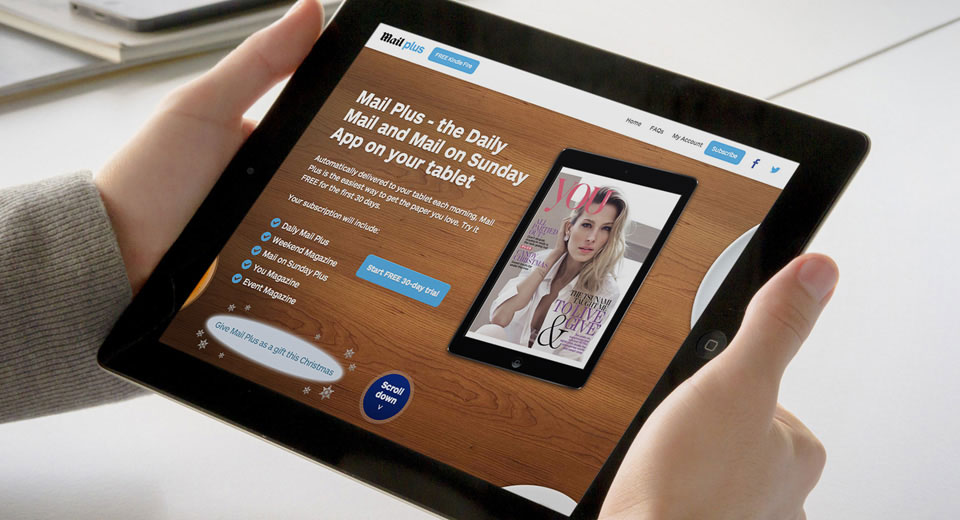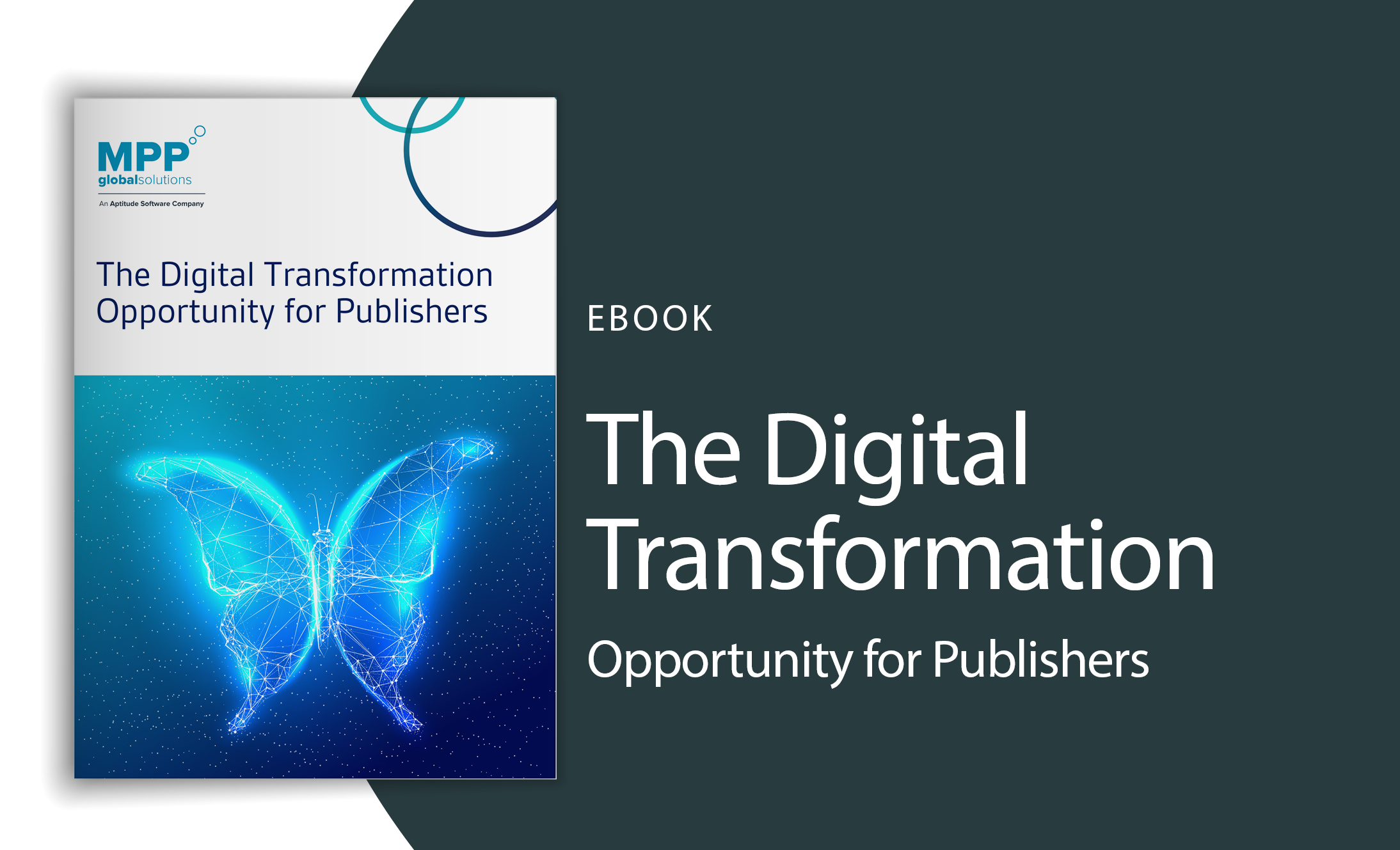Ad Blocking for Publishing: How to Really Interpret the Recent Hype?

Like you, we’ve sat back over the past few weeks listening to how the publishing industry interprets the recent buzz around ad blockers. By now we’re all aware of what they are, but the impact and how to combat is what we really want to see.
Publishers have already faced several ad revenue challenges in recent years, with the economic crisis & budget cuts, the rise in technology impacting print ads, and the shift to mobile requiring a better user experience. Now a new challenge, which has been around for years, has been gaining momentum as of late – ad blockers!
With this in mind, the question still remains – how can publishers turn this ‘hype’ which potentially impacts a huge revenue driver into an opportunity to not only improve ads, but develop additional revenue streams, optimize user experience, and build closer, personalized relationships with audiences?
Seizing an Opportunity from a Potential Threat
The obvious, and no-two-ways-about-it conclusion, is that ad blockers are a serious threat to ad revenues. Fact.
So what’s the underlying issue; are adverts an irritant for audiences because they impact the overall user experience? I mean, there’s nothing worse than someone pushing ads for something you have absolutely no interest in, in the middle of a fascinating article, is there?
Anyway, we’re not here to discuss why, we’re here to discuss how.
But when you start to unpick it, you might actually start to find opportunities through other revenue streams, which don’t necessarily have to cannibalize ad revenues, in fact quite the opposite, it may support and optimize them.
#1 Combat impersonal ads and declining revenues with usage and registration data
Stepping back a few months ago, what’s the first thing you did when you tried Apple Music for the first time? (You may notice a common theme here!)
- You created an account if you didn’t already have one (data)
- You selected your favorite music categories (data)
- You optimized the content you wanted to see on your homepage (data)
- You started to consume interesting content, when you want, on the device you want and where you want (data)
Now, publishers can go a step further, start harvesting data of the anonymous reader (data) and when that user decides to register, merge that data with the registration data (even more data!).
*OPPORTUNITY: Capture and centralize user lifecycle data to personalize ads and digital content initiatives
Publishers can improve their ads and overall website experience to be more personalized, more dynamic and even embrace the mythical creature ‘personalized programmatic’ and leverage against this consumer usage, registration and social data. Using this you can build a centralized 360° view of all your consumer segments, relevant for both advertising revenues and additional digital content initiatives.
#2 Build out additional revenue streams; don’t put all your eggs in one basket
Whilst we’re here to talk ad blocking, let us not forget that ads are only 1 revenue driver of a handful available to publishers. Over the years, we’ve seen a variety of models introduced to spread the risk, including:
- Metering – enabling consumers to read x articles before an action is required (be this payment or data)
- Monthly/annual subscriptions – the “all you can eat” approach
- Day passes/pay-per-view – great success with the likes of Now TV (OTT service in the UK)
- Micropayments – exciting initiative commonly linked with Winnipeg Free Press
- Membership schemes – traditionally associated with giant dailies, The Guardian and The Times, whom both leverage this in different ways
- Bundling/dynamic product bundling – adopted by The Times which offers subscribers a pack ‘just for them’ based on their selected interests
…and more.
You name it, it’s happened, it’s happening, or it’s being written about in thought-leadership style blog entry somewhere…. Probably MPP Global’s.
*OPPORTUNITY: Build revenues by targeting larger audiences with different business models
With all of these different approaches being adopted across the industry, advertising revenues simply play a part in the bigger picture. You can combine both approaches to work together, using insights from each to offer a more personalized customer experience to help drive publishing revenues.
#3 Incentivizing readers to switch off ad blockers or purchase subscriptions
There’s an argument publishers should be upfront with their audience. It’s common knowledge that if website content is open/free, then they’re probably relying on ad revenues to support their offerings, especially with stagnant/declining print revenues. Whilst some may argue content should be open, i.e. it should be free, overheads must be paid, one way or another. So why not be upfront with your audience?
Interestingly, Bild (the German tabloid by Axel Springer) last month decided to give their readers an ultimatum; watch an ad or purchase a subscription. Forcing the hand to either turn off the ad blocker, or opt for a cheap subscription. Or leave… To which Axel Springer expressed that the results of this ultimatum were in fact, very positive.
The Guardian have actually recently announced that they’re testing another approach, to give user’s control of the ads they receive.
*OPPORTUNITY: Leverage marketing offers and incentives
But none of the three options above provide incentives.
- Yes, you need me to turn off my ad blocker to help your cause to keep the content flowing
- Yes, you can force me into an ultimatum to receive ads or purchase
- Yes, you can customise my ad experience
But why should I when I’ve gone to the trouble of installing an ad blocker in the first place, what’s really in it for me?
Incentives must be a card worth playing here. Enabling consumers to turn off blockers for a 3 month free subscription voucher code, or to gain x credits to view x articles if you’re dabbling with micropayments. Again, going back to data, especially anonymous, will enable you to build personalized, targeted marketing promotions to get consumers to turn off ad blockers, once and for all.
Keep the Momentum Going
So what’s the answer? Well, as expressed, there’s opportunities galore, but also a reason to launch projects that have been in limbo for some time. Taking advantage of flexible technology, like MPP Global’s eSuite, will provide the end to end solution for such endeavours; from tackling ad blocking, to taking up or optimizing digital content initiatives, to providing insight into your audience.
Platform flexibility to try these new strategies is at the heart, and as we all know by now, one size does not fit all.
 us
us 










